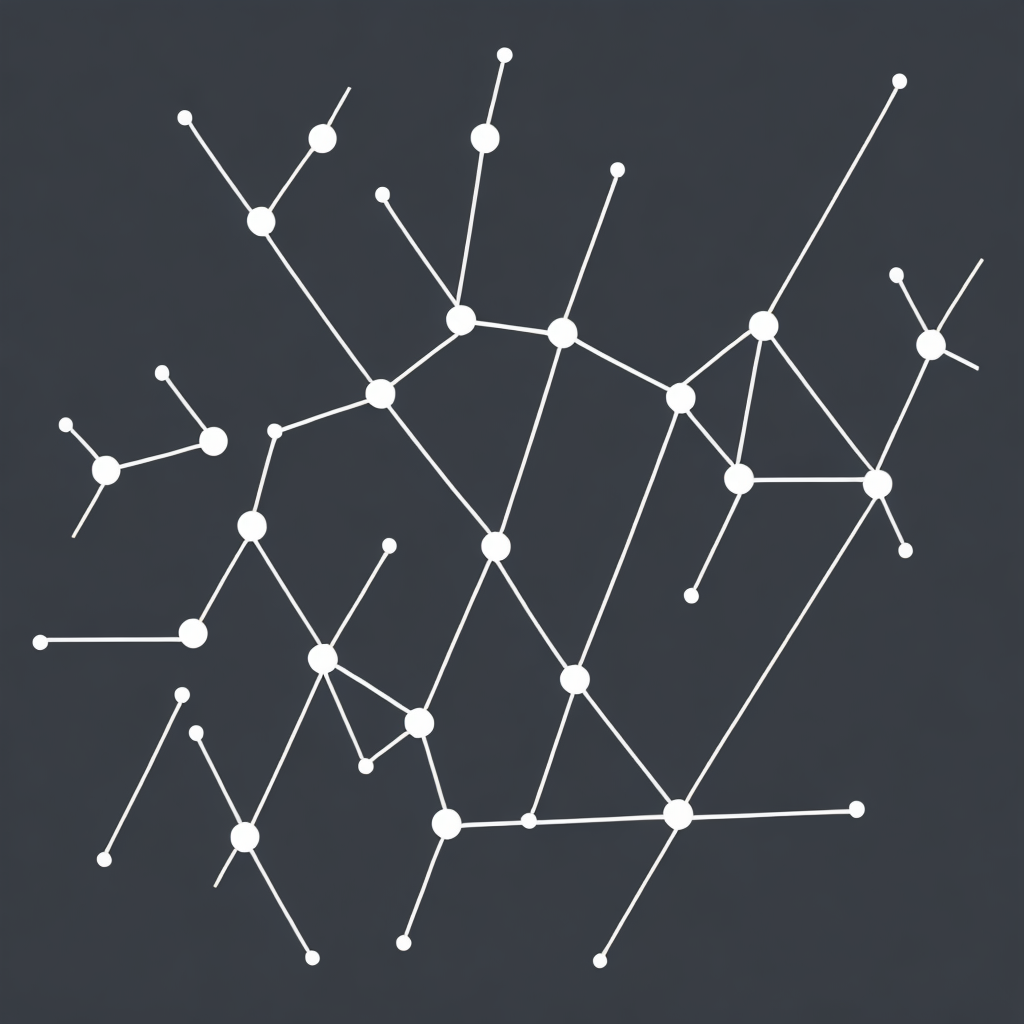Unlocking the Power of Knowledge Graphs: Navigating the Future of Data Organization and Management
Imagine a world where each piece of data is interconnected, serving as a node in a vast, interconnected network. Where each connection is a bridge, linking similar pieces of information seamlessly, helping one discover, and understand previously hidden patterns, relationships, and insights. This is not just a picture or a prediction; it is the reality of Knowledge Graphs – the embodiment of the future of data organization and management.
What are Knowledge Graphs?
Knowledge Graphs are a novel way of structuring, organizing, and managing data. Unlike conventional databases, where data is stored in isolated silos, Knowledge Graphs conceptualize information in a structured, interconnected, and hierarchical format. They do this by representing data as nodes (entities such as people, places, or things) and edges (relationships between entities). This structure enables a more natural, intuitive, and holistic way to access and understand data, leading to more insightful and accurate answers.
The transformative power of Knowledge Graphs:
Knowledge graphs have the potential to revolutionize the way data is managed and accessed across various industries. They are particularly empowering for enterprises looking to achieve strategic goals such as improved decision making, operational efficiency, and innovation. Here are two primary benefits:
1. Enhanced Insights and Decision Making:
Knowledge Graphs can answer complex and nuanced questions by piecing together information from various sources. This capability is particularly invaluable in industries such as healthcare, finance, and research, where understanding relationships and patterns can lead to breakthrough discoveries and innovative solutions. The interconnected nature of Knowledge Graphs enables users not just to find information but also to discover new knowledge by navigating through the web of relationships.
2. Streamlined Data Access and Integration:
In many organizations, large volumes of diverse data are stored in different formats and systems. This leads to challenges such as data silos, inconsistencies, and difficulty in accessing the right information at the right time. Knowledge Graphs alleviate these challenges by serving as a central hub that integrates data from multiple sources, ensuring consistency and enabling seamless access. This streamlined approach to data management not only saves time and reduces errors but also enhances collaboration across teams and departments.
Challenges and Opportunities:
As with any transformative technology, there are challenges to overcome before Knowledge Graphs can truly realize their potential. These challenges include:
– Data scalability: Ensuring that Knowledge Graphs can handle massive amounts of data while maintaining performance and efficiency.
– Data quality and integrity: Managing and maintaining high-quality data within the graph, especially when integrating data from diverse sources.
– Security and privacy: Implementing robust security measures to protect sensitive information, complying with regulatory requirements.
Despite these challenges, the opportunities presented by Knowledge Graphs are immense. They offer a framework for innovative data-driven applications, personalized experiences, and enhanced data literacy, positioning organizations for future success in the data-rich, interconnected world.
The Future of Knowledge Graphs:
As technology advances, we can expect Knowledge Graphs to become more accessible, user-friendly, and integrated into various business processes. Innovations in artificial intelligence, machine learning, and natural language processing will further enhance the capabilities of Knowledge Graphs, enabling them to generate insights in real-time and improve at understanding and predicting patterns.
In conclusion, the power of Knowledge Graphs lies in their ability to provide insights into data that were previously hidden in the complexity and fragmentation of traditional data structures. Embracing Knowledge Graphs as part of data organization and management strategies could be the key to unlocking new possibilities and driving innovation in the future. By continuously developing and refining these techniques, organizations will be well-equipped to navigate the digital landscape with confidence, efficiency, and effectiveness.
